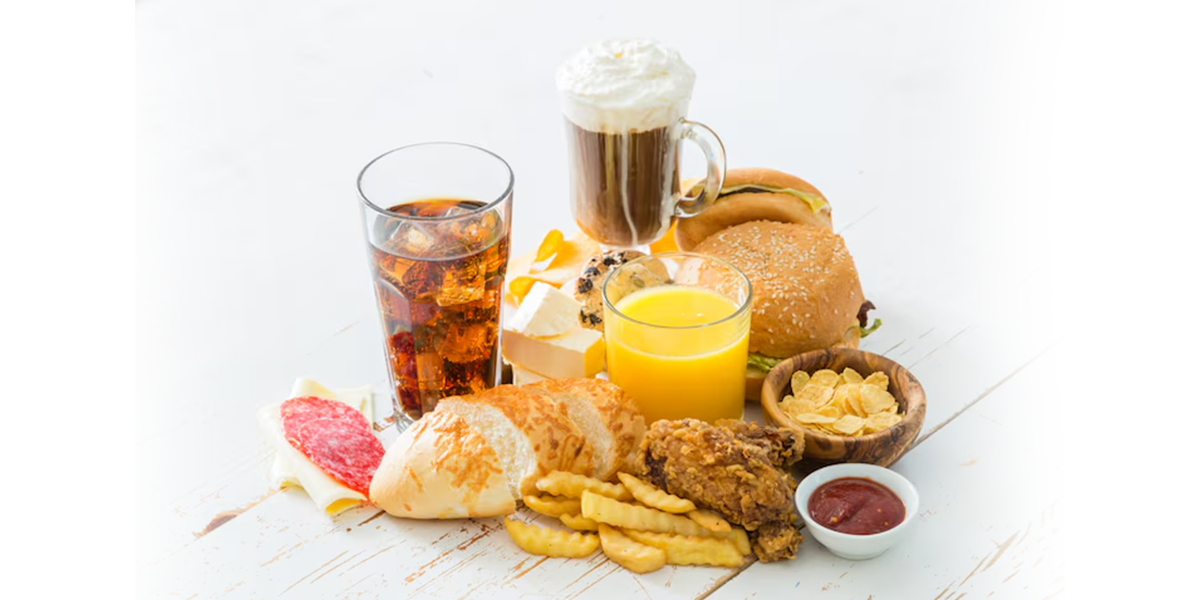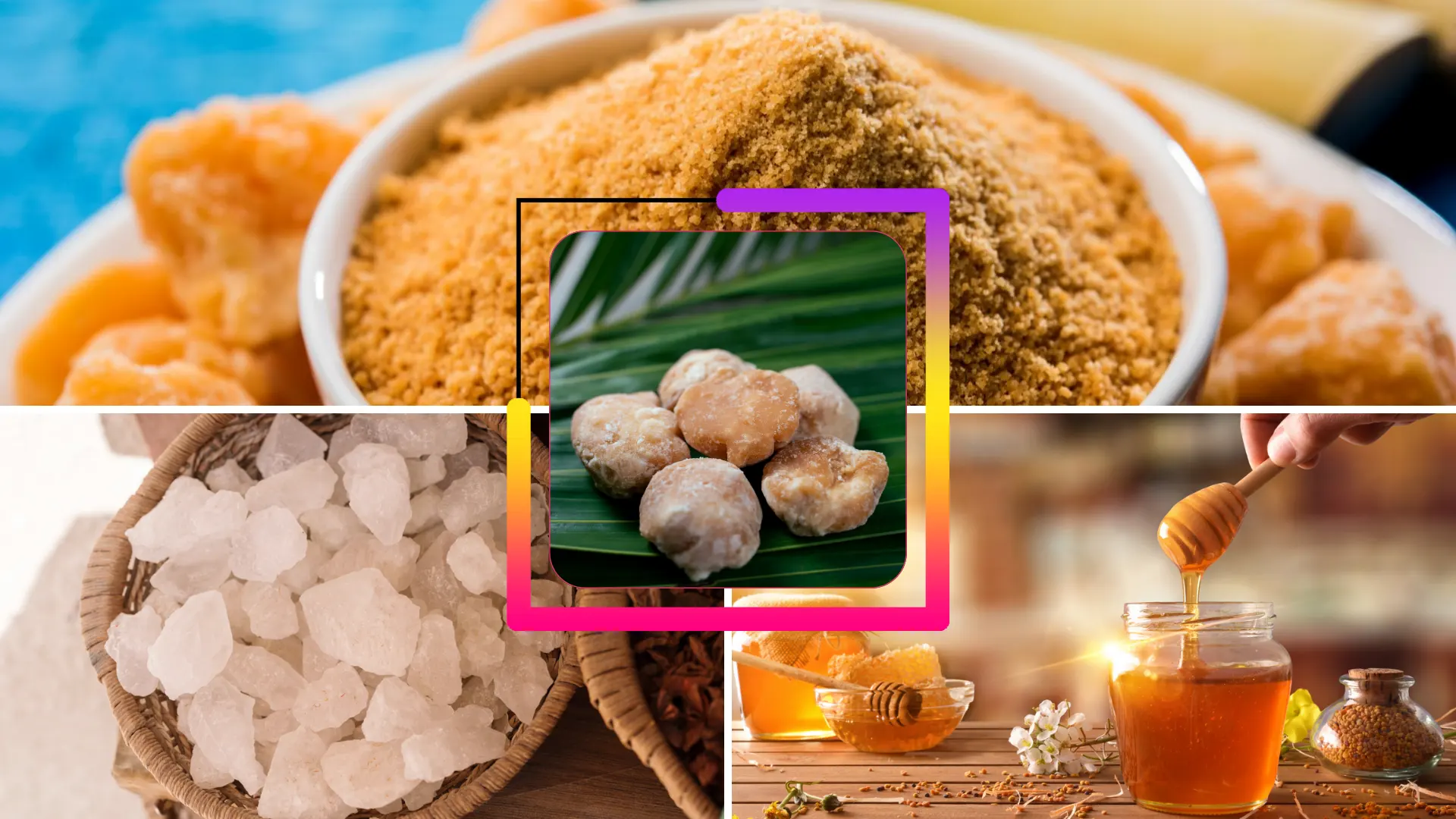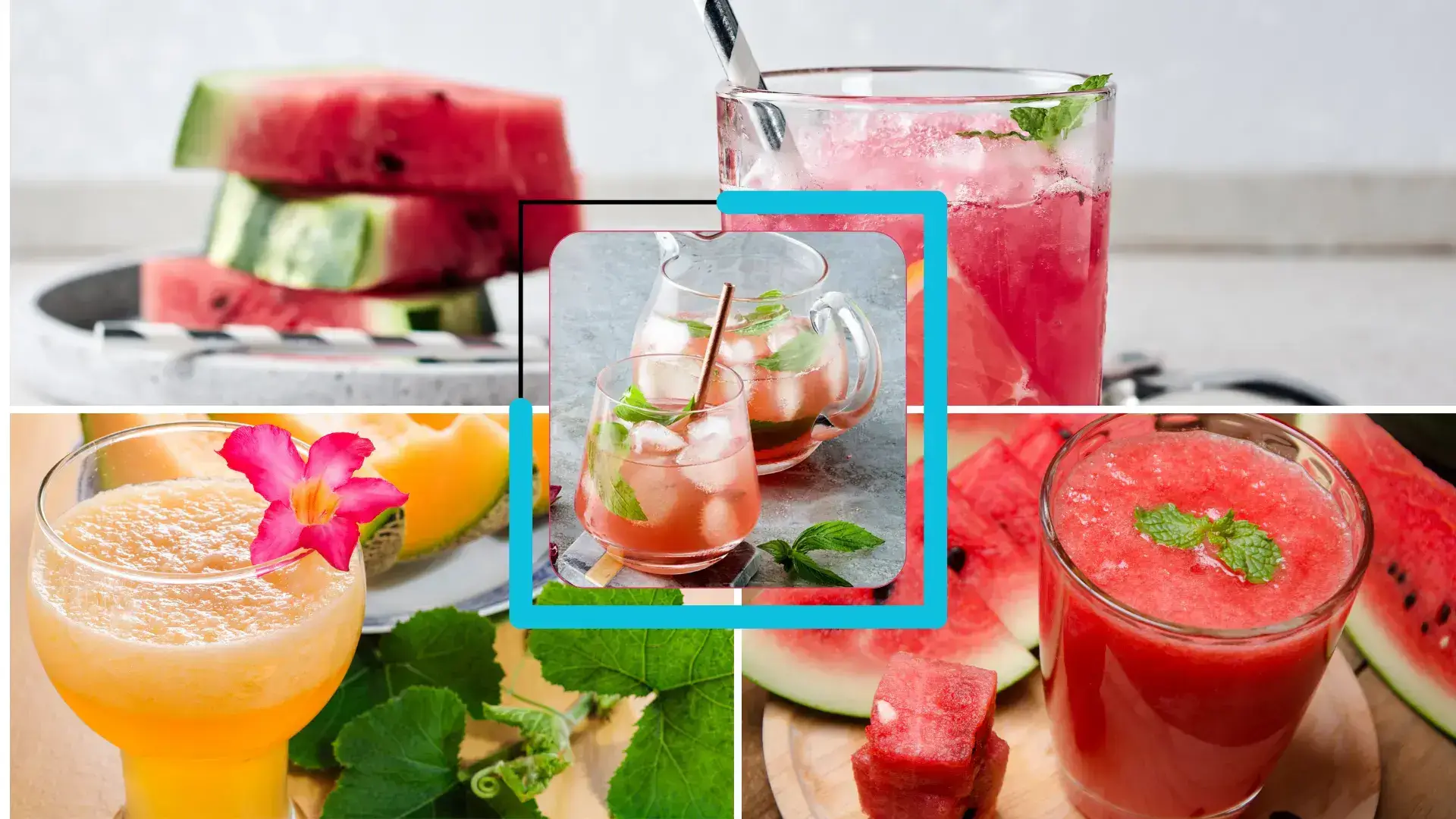As parents, we always want to provide the best nutrition for our little ones. One way to do this is by introducing probiotics to their diet. Probiotics are good bacteria that reside in our intestines and support a healthy digestive system.
While there are many probiotic supplements available, it’s always better to opt for natural sources of probiotics. Probiotic juice drinks that contain live microorganisms, such as bacteria and yeast can be more beneficial for them.
They can help balance the microbiome, boost the immune system, and alleviate digestive problems. They also support the immune system and promote overall health.
Here are 9 natural probiotic drinks that are suitable for toddlers and their benefits:
One of the most popular forms of probiotics is yoghurt. It’s made by fermenting milk with live bacterial cultures, which break down lactose, making it easier to digest. Yoghurt is also a good source of calcium and protein, which are essential for growing toddlers. You can add fruit or honey to sweeten it up or use it as a base for smoothies.
Ingredients:
- 1 litre of milk
- 2 tablespoons of yoghurt with live active cultures
Instructions:
- Heat the milk in a saucepan over medium heat until luck warm, Remove the saucepan from the heat
- In a small bowl, mix together the yoghurt and a small amount of the cooled milk until smooth.
- Add the yoghurt mixture to the saucepan and whisk well to combine.
- Transfer the mixture to a container with a lid, such as a glass jar or a plastic container.
- Place the container in a warm place, and incubate for at least 5-8 hours.
- Once the yoghurt is ready, cover the container and refrigerate for at least 2 hours before serving.
Kefir is a fermented dairy product that originated in the Caucasus Mountains of Russia. Kefir is a rich source of probiotic drinks and also contains vitamins, minerals, and amino acids. You can add it to smoothies, use it in baking, or drink it straight up. Kefir has a slightly sour taste and a creamy texture, and it is often compared to yoghurt, but the more diverse source of probiotics. Kefir is also lower in lactose than milk, which makes it a good option for people who are lactose intolerant. It’s made by adding kefir grains (a combination of bacteria and yeast) to milk and letting it ferment for 12-24 hours.
Ingredients:
- 1 Tablespoon Kefir grains
- 2 Cups Milk
Instructions:
- Place the kefir grains in the glass jar and Pour the milk over the kefir grains to cover the grains completely, leaving about an inch of space at the top.
- With a wooden or plastic spoon, stir the milk and kefir granules..
- Cover the jar and let it sit at room temperature for 24-48 hours. The longer you let it ferment, the thicker and tangier the kefir will become.\
- After 24-48 hours, strain the kefir through a fine mesh strainer into another container. Use a wooden or plastic spoon to gently press the kefir grains and extract as much kefir as possible.
- Store the kefir in the fridge until you’re ready to drink it. You can also add flavours like fruit or honey to the kefir before drinking.
Buttermilk is a fermented dairy drink that’s made by adding lactic acid bacteria to milk. It’s tangy in flavour and has a thicker consistency than regular milk. Buttermilk is a good source of probiotics, calcium, and vitamins. It’s also low in fat and calories, making it a healthy choice for toddlers. You can use it in baking, marinades, or drink it on its own.
Ingredients:
- 1 cup whole milk
- 1 tablespoon white vinegar or lemon juice
Instructions:
- Pour the milk into a measuring cup and add the vinegar or lemon juice to it.
- Stir the mixture and let it sit for 5 to 10 minutes at room temperature.
- After 5 to 10 minutes, the mixture should have thickened and curdled slightly. This is your buttermilk substitute!
- Use the buttermilk immediately, or cover it and refrigerate until you’re ready to use it.
- Give the buttermilk a quick stir before using it in your recipe.
A symbiotic colony of bacteria and yeast are combined with sweetened tea to create the fermented beverage kombucha (SCOBY). It has been consumed for thousands of years and is believed to have originated in China or Russia. This is a tangy and slightly sour drink that is often consumed as a health tonic. Kombucha is known for its probiotic drink content. It also contains antioxidants, which can help protect against free radical damage and oxidative stress.
Ingredients:
- 1 SCOBY
- 1 cup of starter tea
- 8 tea bags or 2 tablespoons leaf tea
- 1 cup white granulated sugar
- 1 gallon filtered water
- Optional flavourings (fruit, herbs, spices)
Instructions:
- Boil 1 gallon of filtered water in a large pot. Add the tea.
- Strain out the tea and add 1 cup of white granulated sugar to the pot and stir to mix. Allow the sweetened tea to cool at room temperature.
- Pour the cooled tea into a clean and sterilised glass jar or vessel. Add 1 cup of previously brewed starter tea to the jar.
- Place the SCOBY carefully on top of the tea. A clean cloth should be used to cover and seal the jar.
- Place the jar in a warm and dark place to ferment undisturbed for 7-14 days.
- After 7-14 days, taste the kombucha if it is slightly sour and fizzy or not.
- Once done remove the SCOBY and 1 cup of the liquid and set it aside for your next batch of kombucha.
- If desired, add optional flavourings to the remaining kombucha and strain it to transfer it to bottles.
- Refrigerate the bottles to slow down the fermentation and enjoy your homemade kombucha!
Kimchi is a traditional Korean probiotic juice drink made from salted and fermented vegetables, most commonly cabbage and radish, mixed with spices and seasonings such as garlic, ginger, scallions, and chilli pepper. Kimchi juice is the liquid that’s left over after the fermentation process. Kimchi is also known for its health benefits, as the fermentation process produces probiotics that can improve gut health and boost the immune system. It is a staple food in Korean cuisine and has become popular around the world in recent years.
Ingredients:
- 2 cups of kimchi
- 1/2 cup of water
- 1 tablespoon of sugar
Instructions:
- Take 2 cups of kimchi and place them in a blender or food processor.
- Add 1/2 cup of water and blend until the kimchi is well pureed.
- Add 1 tablespoon of sugar and dissolve
- Pour the mixture through a strainer to separate the juice.
- Transfer the kimchi juice to a container and refrigerate until ready to use.
- Use kimchi juice as a seasoning for soups, stews, marinades, or salad dressings.
Miso soup is a traditional Japanese soup made with miso paste, a fermented soybean paste, and other ingredients such as tofu, and vegetables. It is often served as a side dish to accompany rice and other Japanese dishes, but can also be eaten as a light meal on its own. Miso soup has many potential health benefits, as miso paste is a good source of protein, fibre, and various vitamins and minerals. It also contains beneficial bacteria known as probiotics, which can promote digestive health and boost the immune system.
Ingredients:
- 1/3 to 1/2 cup of miso paste
- 1 tofu block, cut into tiny cubes
- 2-3 green chopped onions
- Chopped vegetables
Instructions:
- Add the cubed tofu and rehydrated vegetables to the pot.
- Take a ladleful of the hot soup and mix in the miso paste until it dissolves completely.
- Pour the miso mixture back into the pot and stir gently.
- Add the chopped green onions to the soup and let it simmer for a minute or two.
- Adjust the seasoning to your preference. You can add more miso paste for a stronger flavour, or more water if it’s too salty.
- Once the soup is heated through and the ingredients are well combined, turn off the heat.
- Ladle the soup into bowls and serve it hot. Enjoy!
Miso soup is a traditional Japanese soup made with miso paste, a fermented soybean paste, and other ingredients such as tofu, and vegetables. It is often served as a side dish to accompany rice and other Japanese dishes, but can also be eaten as a light meal on its own. Miso soup has many potential health benefits, as miso paste is a good source of protein, fibre, and various vitamins and minerals. It also contains beneficial bacteria known as probiotics, which can promote digestive health and boost the immune system.
Ingredients:
- 1/3 to 1/2 cup of miso paste
- 1 tofu block, cut into tiny cubes
- 2-3 green chopped onions
- Chopped vegetables
Instructions:
- Add the cubed tofu and rehydrated vegetables to the pot.
- Take a ladleful of the hot soup and mix in the miso paste until it dissolves completely.
- Pour the miso mixture back into the pot and stir gently.
- Add the chopped green onions to the soup and let it simmer for a minute or two.
- Adjust the seasoning to your preference. You can add more miso paste for a stronger flavour, or more water if it’s too salty.
- Once the soup is heated through and the ingredients are well combined, turn off the heat.
- Ladle the soup into bowls and serve it hot. Enjoy!
Toya is a type of best probiotic drink that is made with a blend of natural ingredients such as turmeric, coconut water, ginger, and cardamom. This drink is known for its benefits in promoting healthy digestion and improving gut health. The process of preparing Toya is relatively simple and involves mixing the ingredients and heating them up to a warm temperature. It is important to serve Toya hot or warm as this helps to retain its taste and nutritional content.
Ingredients:
- 2 cups coconut water
- 2 teaspoons turmeric powder
- 1 teaspoon grated ginger
- 2 cardamom pods, crushed
- 1 teaspoon honey (optional)
Instructions:
- In a small saucepan, combine the coconut water, turmeric powder, grated ginger, and crushed cardamom pods.
- Stirring occasionally over medium heat
- Reduce the heat to low and continue to simmer the mixture for 5-10 minutes.
- After taking the frying pan off the heat, allow the mixture to cool for a while.
- Pour the mixture into a big dish after straining it through.
- If desired, stir in the honey until it is fully dissolved.
- Transfer the Toya to a jar or bottle with a tight-fitting lid and store it in the refrigerator for up to 10 days.
9. Apple cider vinegar drink:
An apple cider vinegar drink is made by mixing apple cider vinegar with water and other ingredients to make it taste better. Apple cider vinegar is a type of vinegar made from fermented apple probiotic juice drink, and it’s said to be good for your health. To make an apple cider vinegar drink, mix one or two tablespoons of apple cider vinegar with a glass of water, and add honey, lemon juice, or cinnamon to make it taste better, but you should drink it in moderation and be careful to not to give more than 1 tablespoon to toddlers.
Ingredients:
- 2 tablespoons of apple cider vinegar
- 1 tablespoon of honey
- 8 ounces of water
- Ice cubes (optional)
Instructions:
- Add the apple cider vinegar and honey to a glass.
- Pour in the water and stir well until the honey is dissolved.
- Add ice cubes if desired.
From balancing the microbiome to supporting the immune system and promoting overall health, probiotics are an essential part of a healthy diet. There are numerous probiotic drinks that are suitable for toddlers, and these drinks offer various health benefits. From yoghurt, kefir, buttermilk, and kombucha to kimchi juice there are plenty of options to choose from. These beverages are rich in beneficial bacteria and other nutrients that can help improve gut health, boost the immune system, and alleviate digestive problems.
As parents, it is important to introduce these natural probiotic sources into your toddler’s diet as early as possible to promote healthy gut bacteria. But ensure that your child is not allergic to any of the new substances you choose to add to their diet. By incorporating these best probiotic drinks into their daily routine, you can provide your toddler with a healthy and nutritious diet that will set them up for a healthy future.



























































Leave a Comment